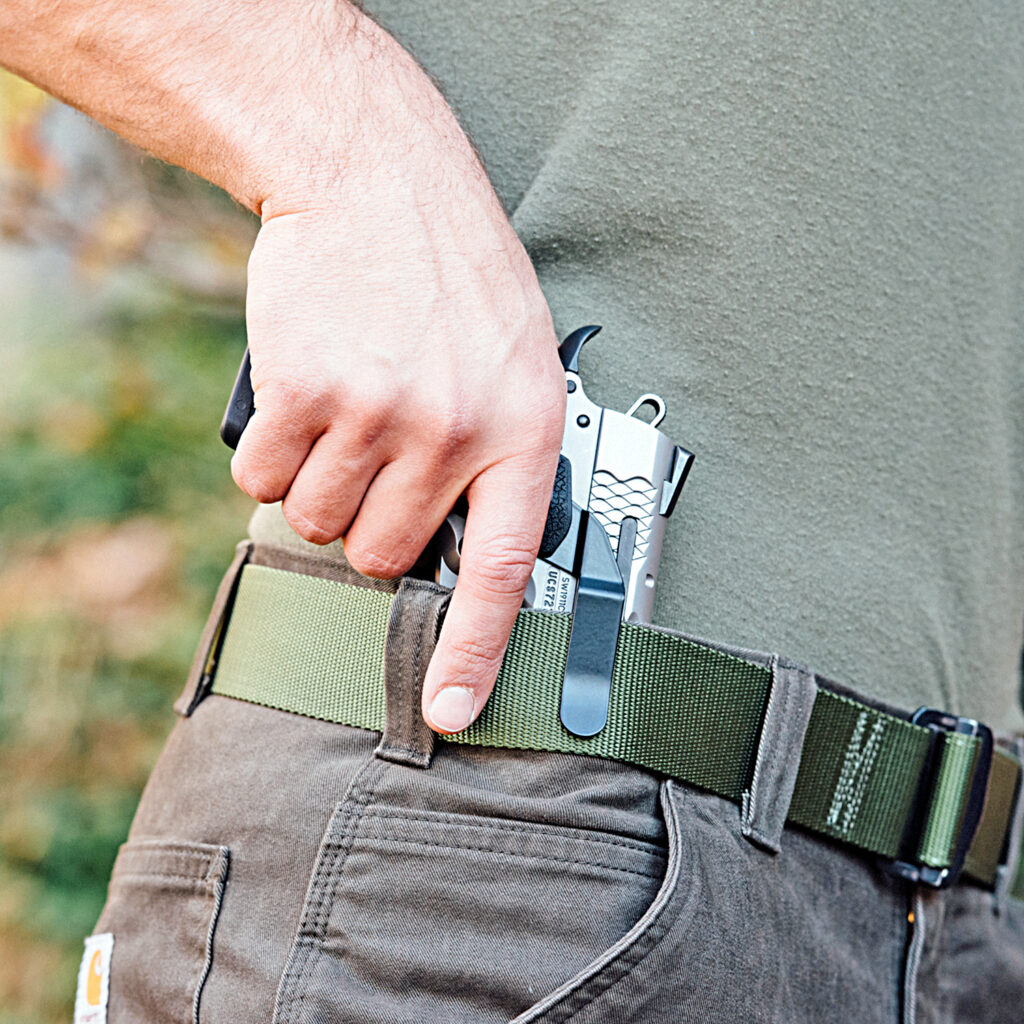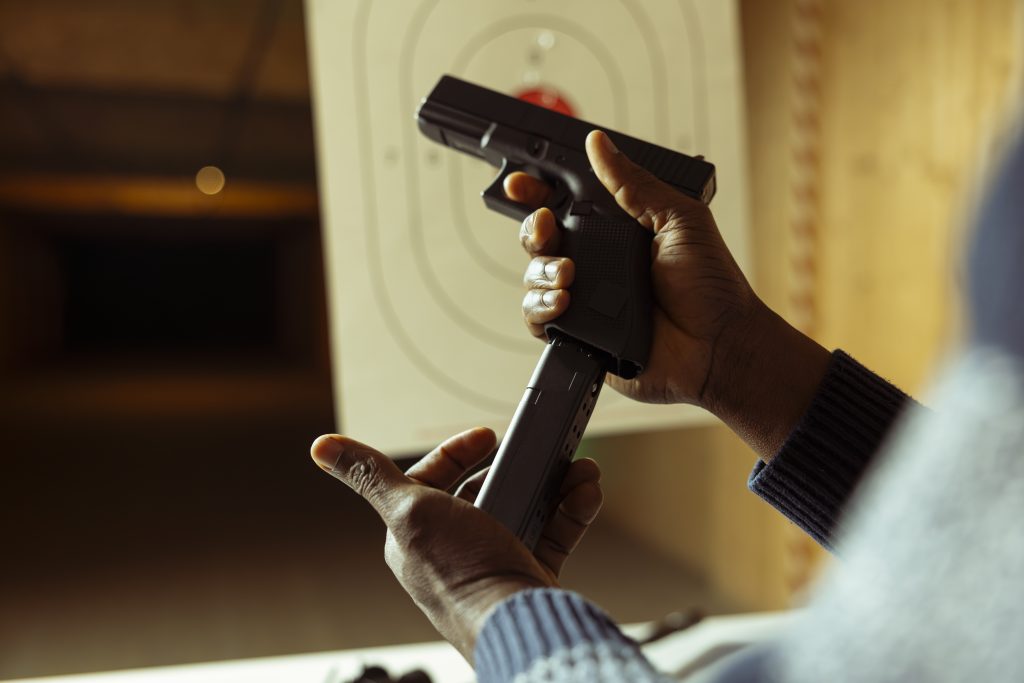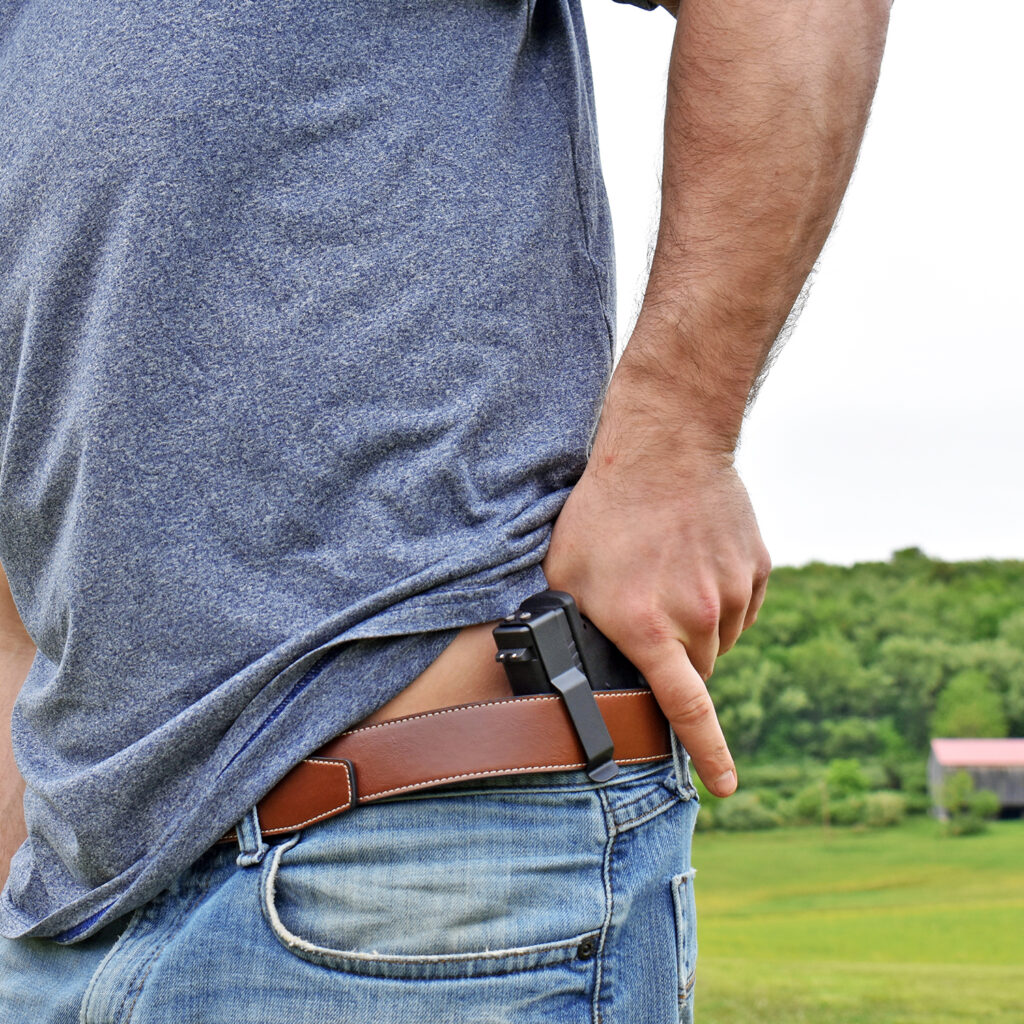 Many of today’s most popular pistol companies have long histories. Glock is one of the exceptions to that rule. A relative newcomer to the space, Glock combined new ideas with the staples of engineering knowledge to produce a pistol that would impact the entire handgun industry.
Many of today’s most popular pistol companies have long histories. Glock is one of the exceptions to that rule. A relative newcomer to the space, Glock combined new ideas with the staples of engineering knowledge to produce a pistol that would impact the entire handgun industry.
A Beginning Without Guns
Glock KG was founded in 1963 by Austrian engineer Gaston Glock. Glock at this point was already a successful businessman with experience in injection molding.
Within only a few short years, in the early 1970s, Glock was manufacturing military equipment, including grenade casings, machine gun belt links, and field knives. Gaston Glock was also asking his military contacts what they wanted most from a firearm.
The list was daunting. They wanted a pistol that was reliable and durable. They wanted something that would be easy to learn. They also wanted something that was simple to fire. And they were looking for a weapon that would have a larger ammunition capacity than current options.
A Military Request
In 1980, Glock received a formal invitation to create a new service pistol. Taking the requests of his contacts into consideration, the G17 was developed. The sidearm used a new 3-party internal safety system that was revolutionary to the industry and included the trigger, drop safeties, and firing pin.
Understanding that simplicity is key to reliability, Glock developed the pistol with, on average, only 35 parts. With fewer parts to clean or wear, the gun was durable and easy to maintain.
Other requirements from the Austrian government included being lightweight with a hammer-forged barrel. To address this, Glock designed the handgun with a polymer frame. The weapon also offered a 17-round capacity.
Thanks to these innovations, the Glock pistol was adopted as the Austrian Army’s standard service pistol in 1983.
Global Adoption
Shortly after it’s incorporation into the Austrian military’s usage, the G17 went through NATO durability testing and passed with flying colors. This set the stage for it to become the preferred pistol of international law enforcement agencies.
It was also at this time and because of its proven durability that the Norwegian Army accepted the Glock as the sidearm of choice for its service men and women.
The Move to the United States
Following its successes in Europe, Glock made the move to the United States in 1986. The features which made the G17 attractive to European military and international law enforcement caught the eye of U.S. police departments.
The gun came to the U.S. at exactly the right time. Law enforcement across the U.S. was feeling the pressures of addressing an increasing and aggressive drug trade in the 80s, and the pistol gave police an advantage that they were missing. Not only did it have a larger capacity than their standard sidearm, but the ease of use, consistent trigger action, and light weight resulted in officers finding the weapon easy to learn while also increasing their marksmanship.
With law enforcement in the U.S. switching to Glock pistols, the gun became a well-known, and therefore, attractive option for the civilian market.
The late 80s also saw more improvements to the pistol. The second generation of the Glock was released in 1988, with more calibers being added to the lineup. The G19 Compact and the G17L Competition pistols were also introduced that year.
A Boost from Popular Culture
As the Glock became popular with seasoned professionals, the entertainment industry began to feature the pistol in films. The year 1990 was a big year for the Glock in popular culture. First, the pistol appeared in on the TV Show Law and Order. Later that same year, Bruce Willis’s character, John McClain, used the weapon in Die Hard 2, cementing the pistol as a fixture in popular culture.
As the 1990s progressed, Glock added additional pistols to their line. Additional models were introduced throughout the 90s, expanding the caliber and capacity of the Glock pistols to answer the demands of a wider audience. The Glock 17T is also introduced during these years, providing law enforcement the equipment it needed to safely train.
The third generation of Glock pistols was introduced in 1998, with a rail for adding accessories such as tactical lights and lasers. Advancements continued on the pistols, including the addition of the G36 Slimline in 1999, and safety and regulatory additions like integrated key locks in 2001.
By 2007, less than 40 years after being adopted as the Austrian Army’s service weapon, Glock had sold more than 5 million pistols worldwide, and today, Glock continues to improve and evolve their pistols.
For the slimmest possible IWB concealed carry, buy a Clipdraw for Glocks.


